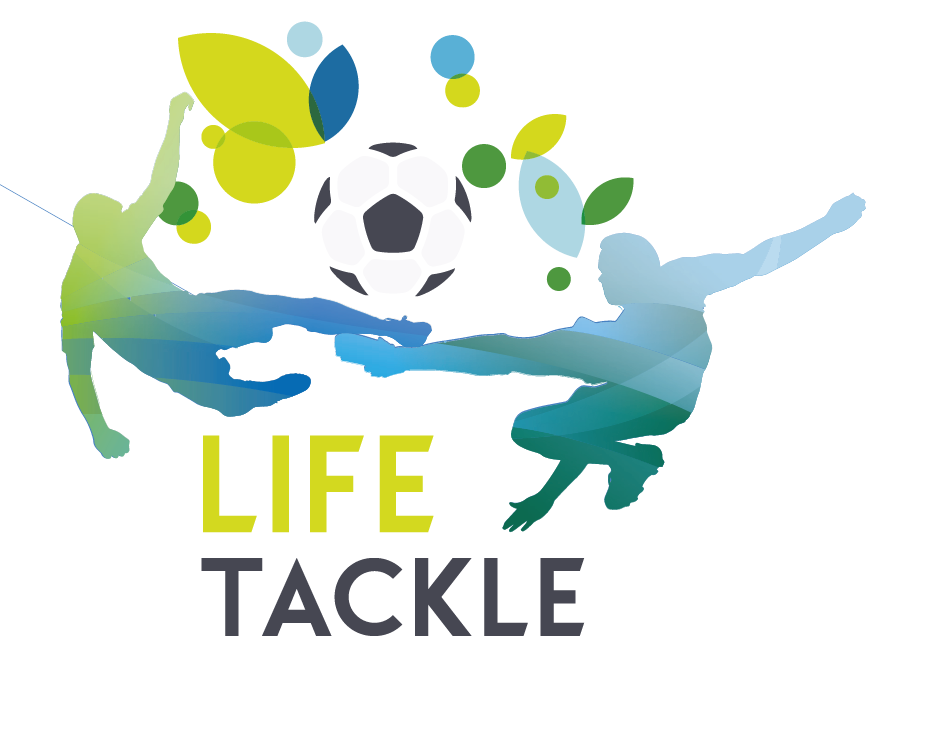Although sports events such as marathons are meant to be an expression of a healthy lifestyle, they are often far from being environmentally friendly.
But organisers in London intend to set new standards for mass sports events and have committed to zero waste by 2020.
Reduce and recycle
Reducing waste and single-use plastics in particular, as well as stepping up commitments to recycling are the main objectives of the initiatives the London Marathon put in place during the event.
In order to do so, the organisation joined forces with #OneLess, an initiative by the Zoological Society of London, Forum for the Future, the International Programme on the State of the Ocean and the Thames Estuary Partnership, which includes a dozen of NGOs.
They work towards reducing the amount of single-use plastic water bottles entering the ocean from London. Single-use plastics represent 50% of maritime waste.
“The #OneLess team has worked closely with the London Marathon over the last year to find solutions for single-use plastic water bottles at this major sporting event. Their passion for eliminating, reducing and reusing will have a positive impact on marine plastic pollution,” said Heather Koldewey, co-director of #OneLess.
The marathon reduced the number of drinking stations from 26 to 19, and in doing so reduced by more than 215,000 units the number of plastic bottles used during the race compared to the previous year.
In addition, drop zones were installed along the marathon route to make the collection and later recycling of the bottles easier.
The future recycling of all the plastic bottles used in the race will be conducted in a new closed-loop recycling project in Tower Hamlets, Greenwich, Southwark and Canary Wharf. The waste will be collected and returned directly to a reprocessing plant, where the materials will be recycled into new bottles.
Furthermore, 700 runners were provided with a bottle belt made out of recycled material with the aim of encouraging participants to bring their own containers that they could refill in fountains.
Isotonic drinks were offered in compostable cups for the first time too.
The organisation offered 500 runners reusable capes to reduce the use of plastic ones as well, and race numbers were only printed on demand, to avoid wasting plastic on those who did not even show up at the start line.
The increasing digitalisation of all procedures, the reduction in the use of generators, and the use of efficient lights to avoid unnecessary emissions are some of the other measures the London marathon put in place to reduce its ecological footprint.
[Edited by Zoran Radosavljevic]















Follow our journey